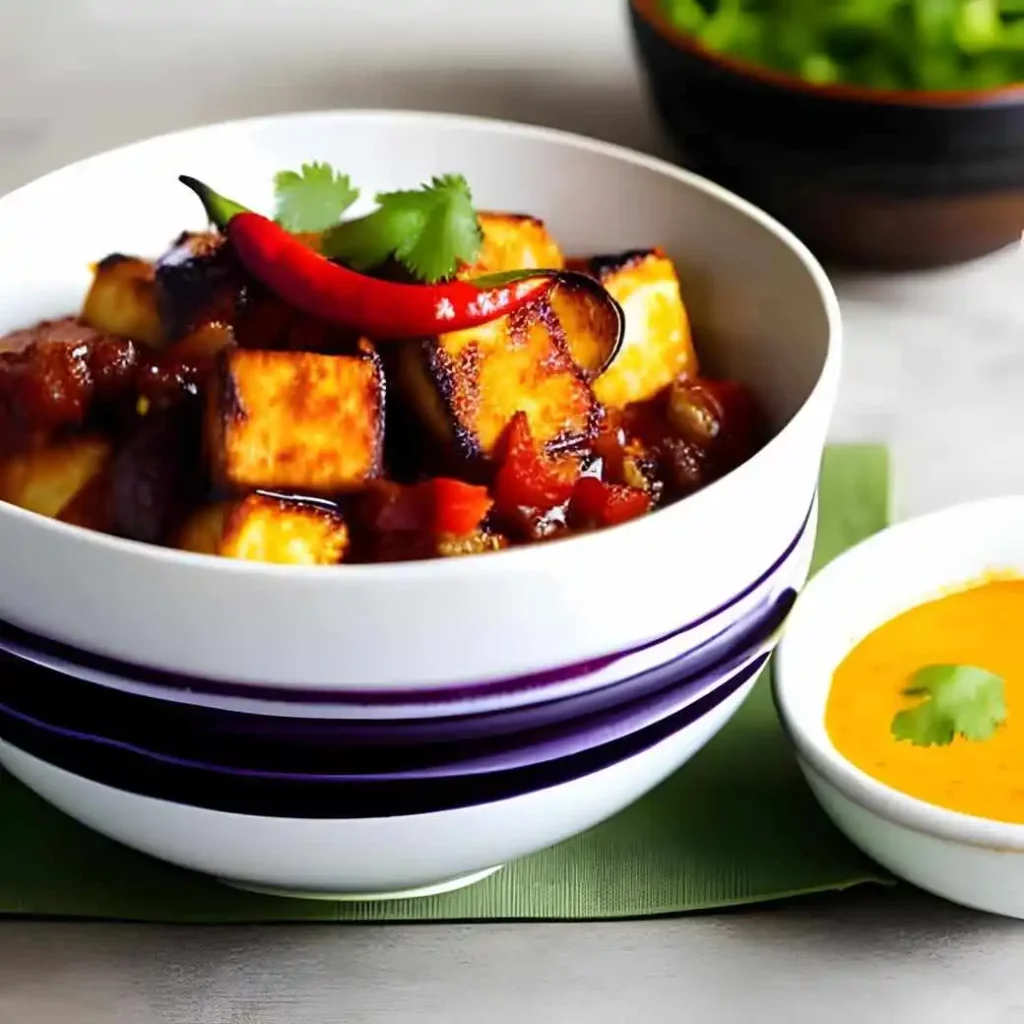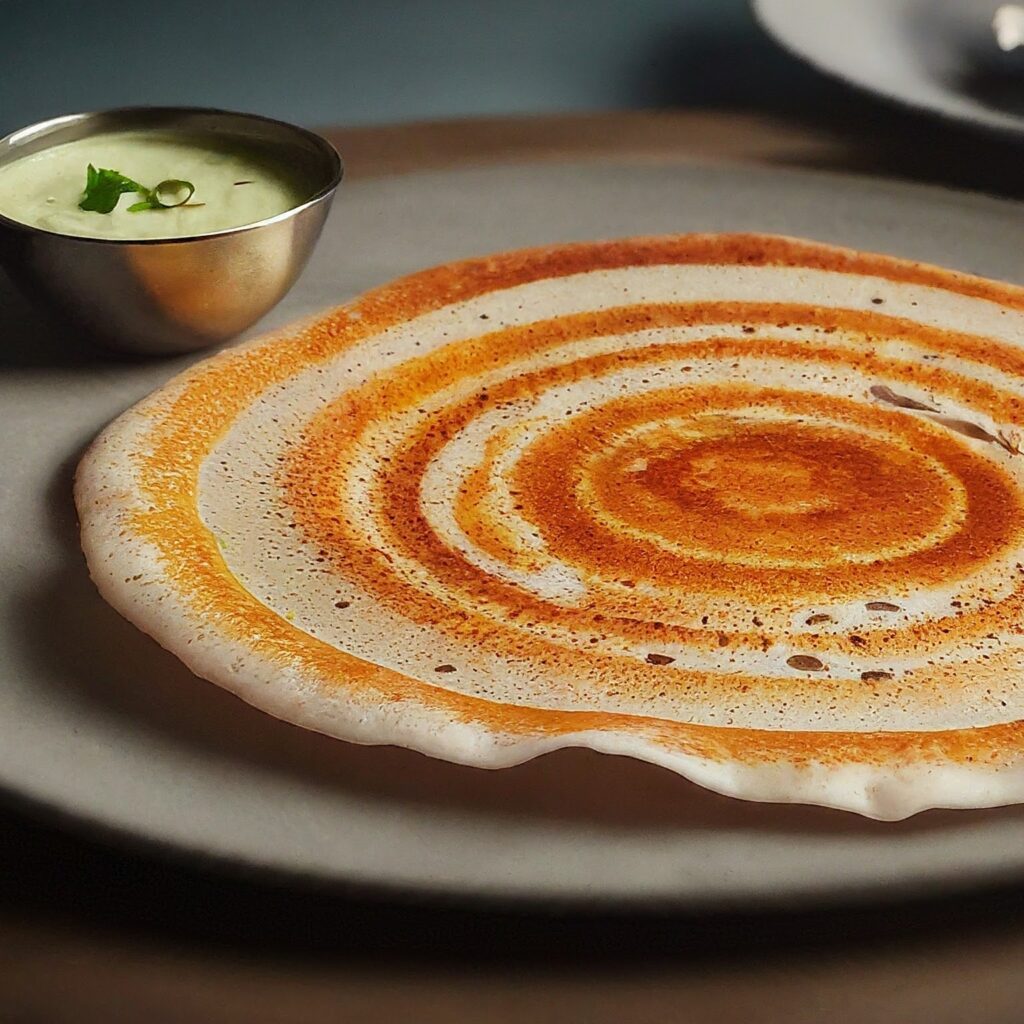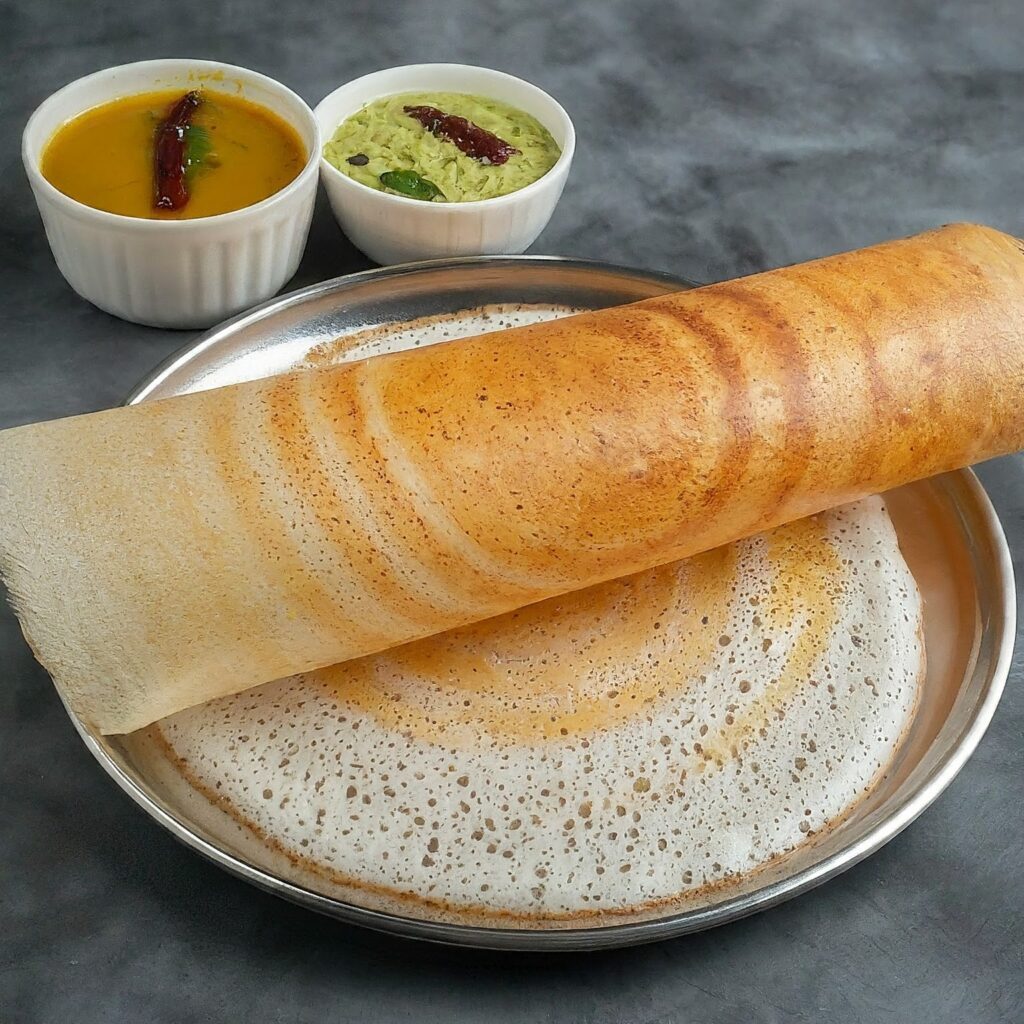
Introduction
Who doesn’t love a good dosa? This iconic South Indian dish has captured the hearts and taste buds of food lovers worldwide. But what exactly is a dosa? It’s a thin, crispy pancake made from a fermented batter of rice and urad dal. Whether you’re a lifelong fan or a newbie to this delightful dish, there’s always something new to learn and love about dosa.
What is Dosa?
A dosa is a savory pancake originally from southern India. It’s typically served hot, paired with a variety of chutneys and sambar, a flavorful lentil soup. The magic of dosa lies in its simplicity and the perfect blend of rice and lentils, creating a crispy exterior and a soft, slightly tangy interior.
The Origins of Dosa
Dosa, often referred to as the “crepe of India,” traces its roots back to South India. This humble dish has a rich history that dates back over a thousand years. It was first mentioned in ancient Tamil literature, and its earliest form was quite simple, made from a batter of rice and lentils.
Historical Background
Dosa has been a staple in South Indian cuisine for centuries. Historical texts suggest its origins date back over a thousand years, with mentions in ancient Tamil and Kannada literature. Traditionally, it was a breakfast item, but today it’s enjoyed at any time of day, across India and beyond.
Types of Dosa
Dosa comes in many varieties, each with its unique twist. Here are some popular types:
Plain Dosa
The most basic form, plain dosa, is thin and crispy. It’s the foundation upon which many other varieties are built.
Masala Dosa
This version includes a spiced potato filling. The contrast between the crispy dosa and the soft, flavorful filling is a match made in heaven.
Rava Dosa
Made from semolina, rice flour, and spices, Rava dosa is known for its crispy texture and quick preparation time, as it doesn’t require fermentation.
Paper Dosa
As the name suggests, this dosa is extremely thin and crispy, almost like a paper sheet. It’s larger and more delicate than the regular dosa.
Set Dosa
These are small, thick dosas usually served in a set of three. They’re soft and spongy, making them perfect for soaking up chutney and sambar.
Paneer Dosa
This variation is stuffed with spiced paneer (Indian cottage cheese), offering a protein-packed twist to the traditional dosa.
Mysore Masala Dosa
A spicier version of masala dosa, Mysore masala dosa has a layer of red chutney inside, adding an extra kick.
Ingredients and Preparation
Making dosa requires a few basic ingredients and some patience. Here’s what you need:
Basic Ingredients
- – Rice
- – Urad dal (black gram lentils)
- – Fenugreek seeds
- – Salt
- – Water
Preparation of Batter
- Soaking :- Soak rice and urad dal separately for at least 4-6 hours. Add fenugreek seeds to the dal while soaking.
- Grinding :- Grind the soaked rice and dal separately to a smooth paste. Combine them and add water to achieve a batter consistency.
- Fermentation :- Allow the batter to ferment overnight or for about 8-12 hours. The fermentation process is crucial as it gives the dosa its characteristic tangy flavor and makes it fluffy.
Fermentation Process
Fermentation not only enhances the flavor but also improves the nutritional value by breaking down complex carbohydrates into simpler, digestible forms. This process requires a warm environment, so in colder climates, you might need to keep the batter in a slightly warmer place.
Cooking Techniques
Traditional Method
Using a cast-iron tawa (griddle) is the traditional method. Heat the tawa, pour a ladleful of batter, and spread it in a circular motion. Drizzle some oil around the edges and cook until crispy.
Modern Variations
Today, non-stick pans are commonly used, making the process easier and requiring less oil. Electric dosa makers are also available, providing convenience for busy lifestyles.
Serving Suggestions
Accompaniments :- Chutneys and Sambar
Dosa is typically served with coconut chutney, tomato chutney, and sambar. These accompaniments add layers of flavor and spice, complementing the dosa perfectly.
Presentation Tips
A well-presented dosa is a feast for the eyes. Serve it hot, folded into a triangular or cylindrical shape, with chutneys and sambar neatly arranged on the side.
Health Benefits of Dosa
Nutritional Value
Dosa is a great source of carbohydrates and proteins, making it a balanced meal option. It provides essential nutrients like iron, calcium, and vitamins from the lentils and rice.
Benefits of Fermentation
The fermentation process increases the bioavailability of nutrients and introduces beneficial bacteria, aiding in digestion.
Low-Calorie Option
When cooked with minimal oil, dosa can be a low-calorie dish suitable for those watching their weight.
Dosa in Different Cultures
Regional Variations in India
Each region in India has its twist on dosa. From the spicy Andhra dosa to the coconut-infused Kerala dosa, regional variations add to the diversity of this dish.
Global Adaptations
Dosa has traveled far beyond India’s borders. Internationally, it’s adapted to local tastes, with fillings like cheese, mushrooms, and even chocolate.
Popular Dosa Recipes
Step-by-Step Plain Dosa Recipe
Ingredients :-
- 2 cups rice
- 1 cup urad dal
- 1 tsp fenugreek seeds
- Salt to taste
- Water as needed
Method :-
Soak rice and dal separately for 6 hours.
Add fenugreek seeds to the dal.
Grind to a smooth paste, mix, and let it ferment overnight.
Heat a tawa, pour a ladle of batter, spread, and cook with a drizzle of oil until crispy.
Step-by-Step Masala Dosa Recipe
Ingredients :-
- Dosa batter
- 4 boiled potatoes
- 1 onion, chopped
- 2 green chilies, chopped
- 1 tsp mustard seeds
- Curry leaves
- Turmeric powder
- Salt to taste
Method :-
Prepare the potato filling by sautéing onions, green chilies, mustard seeds, curry leaves, and turmeric. Add boiled potatoes and salt. Mix well.
Prepare dosa as per the plain dosa recipe.
On one side of the dosa, spread the potato filling, then fold.
Tips for Perfect Dosa
Consistency of Batter
The batter should be of a pouring consistency, not too thick or too runny.
Cooking Temperature
Cook on medium-high heat for a crispy dosa. Too low, and it’ll be soggy; too high, and it might burn.
Common Mistakes to Avoid
Not fermenting the batter properly
Spreading the batter on an insufficiently heated pan
Using too much oil
Dosa and Modern Lifestyle
Quick and Easy Dosa Mixes
For those with busy schedules, ready-made dosa mixes are a lifesaver. They offer the convenience of quick preparation without compromising too much on taste.
Dosa for Health-Conscious Individuals
Health enthusiasts can experiment with whole grains and millets for a healthier dosa version, adding variety and nutritional value.
Dosa Festivals and Events
Celebrations in India
Dosa festivals in India celebrate this beloved dish with a variety of unique dosas. These events draw foodies from all over to sample innovative creations.
International Dosa Festivals
Globally, dosa festivals introduce this South Indian staple to international audiences, promoting cultural exchange and culinary exploration.
Economic and Social Impact
Street Food Culture
Dosa is a cornerstone of Indian street food culture. Affordable and delicious, it’s a go-to meal for many.
Small Businesses and Dosa Vendors
Local dosa vendors contribute significantly to the economy. These small businesses thrive on their unique recipes and loyal customer base.
Dosa in Popular Media
References in Movies and TV Shows
Dosa frequently makes appearances in Indian movies and TV shows, symbolizing comfort and tradition.
Social Media Influence
Food bloggers and social media influencers showcase creative dosa recipes, inspiring a new generation of dosa lovers.
Future of Dosa
Innovation in Recipes
Chefs and home cooks continue to innovate, experimenting with new ingredients and techniques to keep the tradition of dosa alive and exciting.
Sustainable Ingredients
With a growing focus on sustainability, many are turning to organic and locally sourced ingredients to make dosa, ensuring it’s as good for the planet as it is for our taste buds.
Conclusion
Dosa, with its rich history and incredible versatility, remains a beloved dish around the world. From its simple beginnings to its global adaptations, dosa has something to offer everyone. So next time you’re in the mood for something delicious and nutritious, why not whip up a dosa?
Frequently Asked Questions (FAQ)
The main ingredients are rice and urad dal, which are soaked, ground, and fermented to make the batter.
Fermentation is crucial for the authentic taste and texture of dosa. However, instant mixes are available for a quicker version.
Yes, traditional dosa made from rice and urad dal is naturally gluten-free.
You can experiment with moong dal or chana dal, but the texture and taste might vary.
Store the batter in an airtight container in the refrigerator for up to a week. Fermented batter can also be frozen for longer storage.
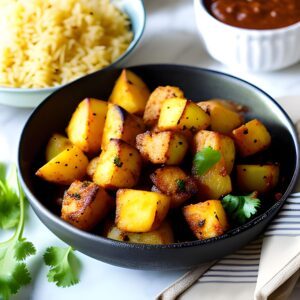
जीरा आलू रेसिपी: एक स्वादिष्ट भारतीय व्यंजन
Table of Contents जीरा आलू रेसिपी: एक स्वादिष्ट भारतीय व्यंजन जीरा आलू रेसिपी: एक स्वादिष्ट भारतीय व्यंजन परिचय जीरा आलू, एक सरल और स्वादिष्ट व्यंजन,
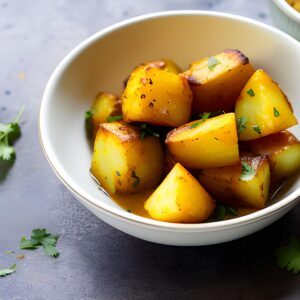
Jeera Aloo Recipe: A Flavorful Indian Delight
Table of Contents Introduction Jeera Aloo, a simple yet flavorful dish, holds a special place in Indian cuisine. This delightful combination of potatoes and cumin
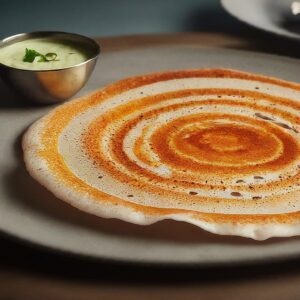
डोसा: एक व्यापक मार्गदर्शिका
परिचय डोसा, भारतीय उपमहाद्वीप का एक प्रसिद्ध और प्रिय व्यंजन, अपनी विशिष्टता और स्वाद के लिए दुनिया भर में प्रसिद्ध है। इस लेख में, हम
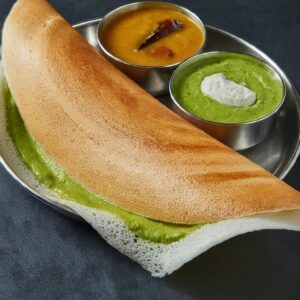
The Delectable Journey of Dosa: From South India to the World
Introduction Who doesn’t love a good dosa? This iconic South Indian dish has captured the hearts and taste buds of food lovers worldwide. But what
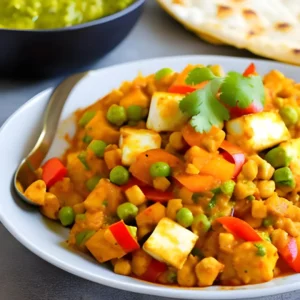
Paneer : A delicious Journey
Table of Contents Table of Contents Introduction This article is your passport to the delectable world of paneer, a versatile dairy delight that has captured

Savor the Flavor: Exploring Authentic Manchurian Recipes and Origins
Table of Contents Introduction Manchurian with its tantalizing flavors and diverse range of dishes, has captured the hearts and taste buds of food enthusiasts across
